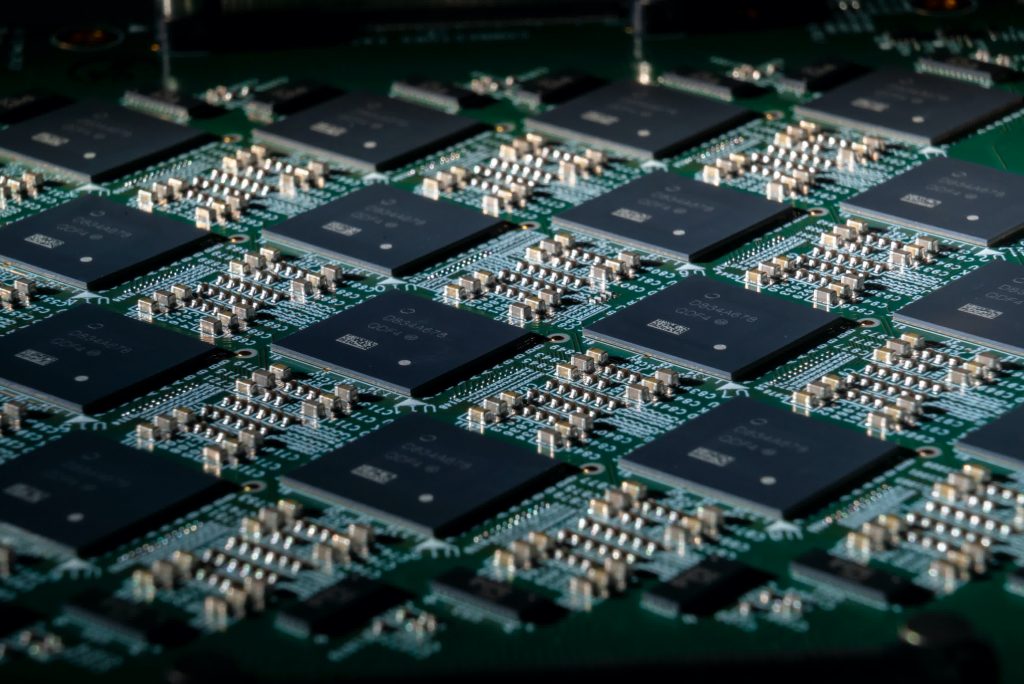The future of reverse engineering your brain into memory chips is now
Samsung Electronics recently put forward its new take on neuromorphic chips that can help mimic the activity of the brain. Envisioned by leading engineers and researchers from Samsung as well as Harvard University, the insight was published as a perspective paper titled Neuromorphic electronics based on copying and pasting the brain by Nature Electronics. The study is a combined work of Donhee Ham, Fellow of Samsung Advanced Institute of Technology (SAIT) and Professor of Harvard University, Professor Hongkun Park, Harvard University, Sungoo Hwang, President and CEO of Samsung SDA and former head of SAIT and Kinam Kim, Vice Chairman and CEO of Samsung Electronics.

The paper suggests, in simple words, the copy of the brain’s neuronal connection map using a breakthrough nanoelectrode array and pasting this map onto a high-density three-dimensional network of solid-state memories, which Samsung is known for. Through this copy and paste approach, the authors have the vision to create a memory chip that can approximate the unique computing traits of the brain such as low power, facile learning, adapting to the environment, autonomy and cognition which have been impossible with the current technology.

The first study of neuromorphic engineering from the 1980s found it difficult to mimic the structure and function of the brain on silicon chips as even now, very little is known about the neurons that are wired together to create the brain’s higher functions. Now, the goal of neuromorphic engineering has shifted to reverse-engineering the chip inspired by the brain rather than try to mimic it.
“The vision we present is highly ambitious,” said Dr. Ham. “But working toward such a heroic goal will push the boundaries of machine intelligence, neuroscience, and semiconductor technology.” Samsung already has a lead among its competitors with its vast experience in chip manufacturing which will help in the study of neuromorphic engineering and lead Samsung in the field of next-generation AI semiconductors.
You can see more details here.


